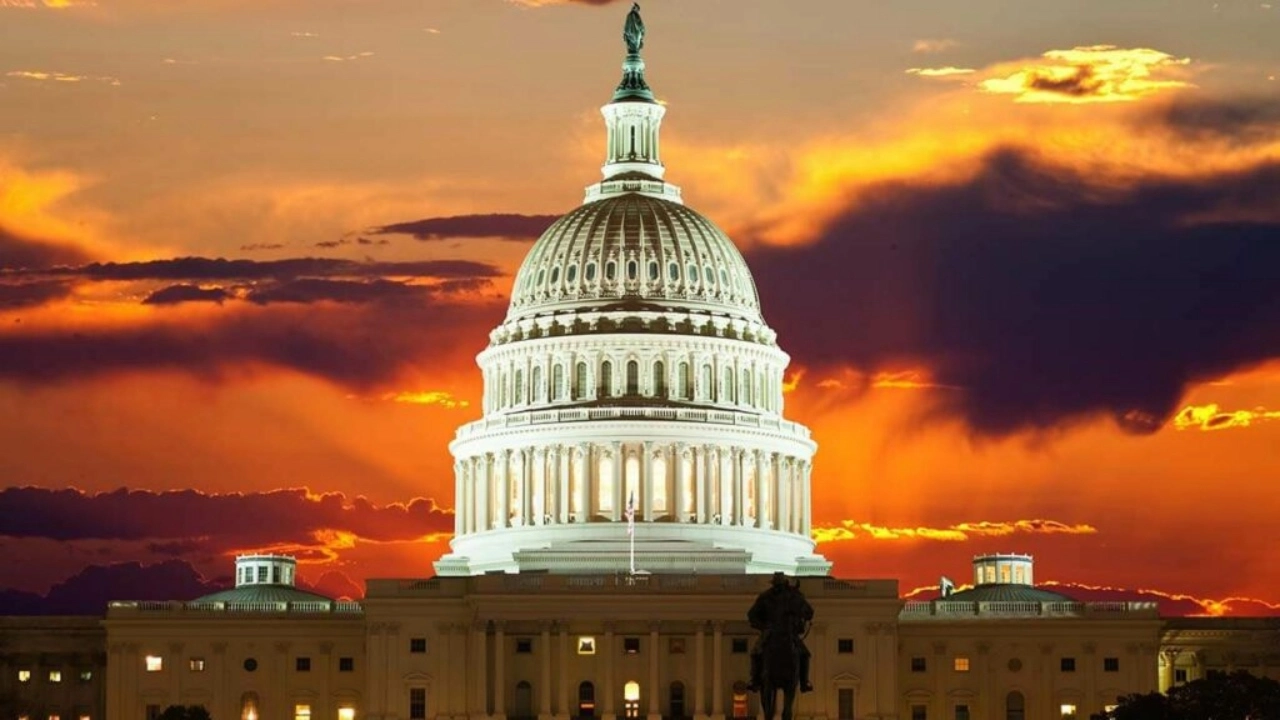More than three years after illicit vape cartridges caused a health scare that set back the legal vape cartridge industry, regulated sales of cannabis vaping supplies have more than rebounded, according to sales statistics and retail purchasing agents.
Headset, the Seattle-based cannabis data analytics company, says vape cartridge sales have more than doubled, from $1 billion in sales in 2018 to $2.8 billion so far in 2022. In the same time period, vape cartridges increased their share of the overall cannabis market from 19.9% to 23.3%.
The Brightfield Group, a market research firm in Chicago, saw similar trends emerging this year and reported that, nationwide, vape cartridges slightly gained market share over the past six months, growing from 22% to 23% of total cannabis sales.
That trend is translating into added sales on the ground.
“Vape sales have increased year-over-year,” said Jake May, marketing director at Sanctuary Medicinals, a vertically integrated business with operations in Florida, Massachusetts, New Hampshire and elsewhere. “Young people like them, but also experienced smokers try them and like them.”
Lance Mathis, general manager at marijuana retailer Inyo in Las Vegas, called vapes a “discreet” entry point for new cannabis users.
“There’s a lot less required for it. You just need a battery to screw it on, and there you go. It’s really convenient and easy,” he said.
Mathis acknowledged that vape sales took a hit because of the 2019 vape crisis but said that since 2021 they have “come back tenfold.” He added that vapes are not replacing flower but being consumed in addition to flower.
Distillates vs. live resin
Store managers and inventory buyers, such as Allan Mullen of Cannabis City in Seattle, said vape sales have “gone in two different directions.” Namely, distillate cartridges and live resin cartridges.
“It’s two different customer bases that are buying those cartridges. The distillate cartridges are a specific type of customer—either tourists or people that like really fast highs. They like that peaks and valleys type of high,” Mullen said.
Mullen added that customers who prefer distillate also tend to “burn through” their cartridges much more quickly than customers who prefer live resin cartridges.
“Since the live resin has a slower, more gradual high, it’s more about finding the vendor and the extractors that are really good at making live resin cartridges,” he said. “Our distillate cartridges that move well are bought by people that like a simple sales process rather than the live resin experience … which is for people that really invest in the industry and want to consume.”
At Premiere Provisions, a marijuana retailer in Big Rapids, Michigan, General Manager Edwin Maguire said vapes comprise about 20% of sales.
“We’ve also seen an uptick in people buying more distillate carts that have a higher THC level,” he said. “But a lot of people still love the live resin carts that have the purer, natural taste.”
Age, not price, seems to be a factor in the preference for distillate versus live resin vape carts, Maguire said.
Consumers age 21-30 “tend to buy the distillate carts because they like those more fruity, more artificial tastes that they’re used to, because that’s what they grew up around,” he said. Older consumers, meanwhile, “prefer the live resin and rosin that has more of a natural taste.”
Sizing up the competition
Maguire also noted that half-gram vape cartridges are no longer big sellers.
“Everyone is looking for a full gram. I actually picture half-grams disappearing, unless it’s for a unique product like live rosin, where it becomes too expensive for that full gram.”





